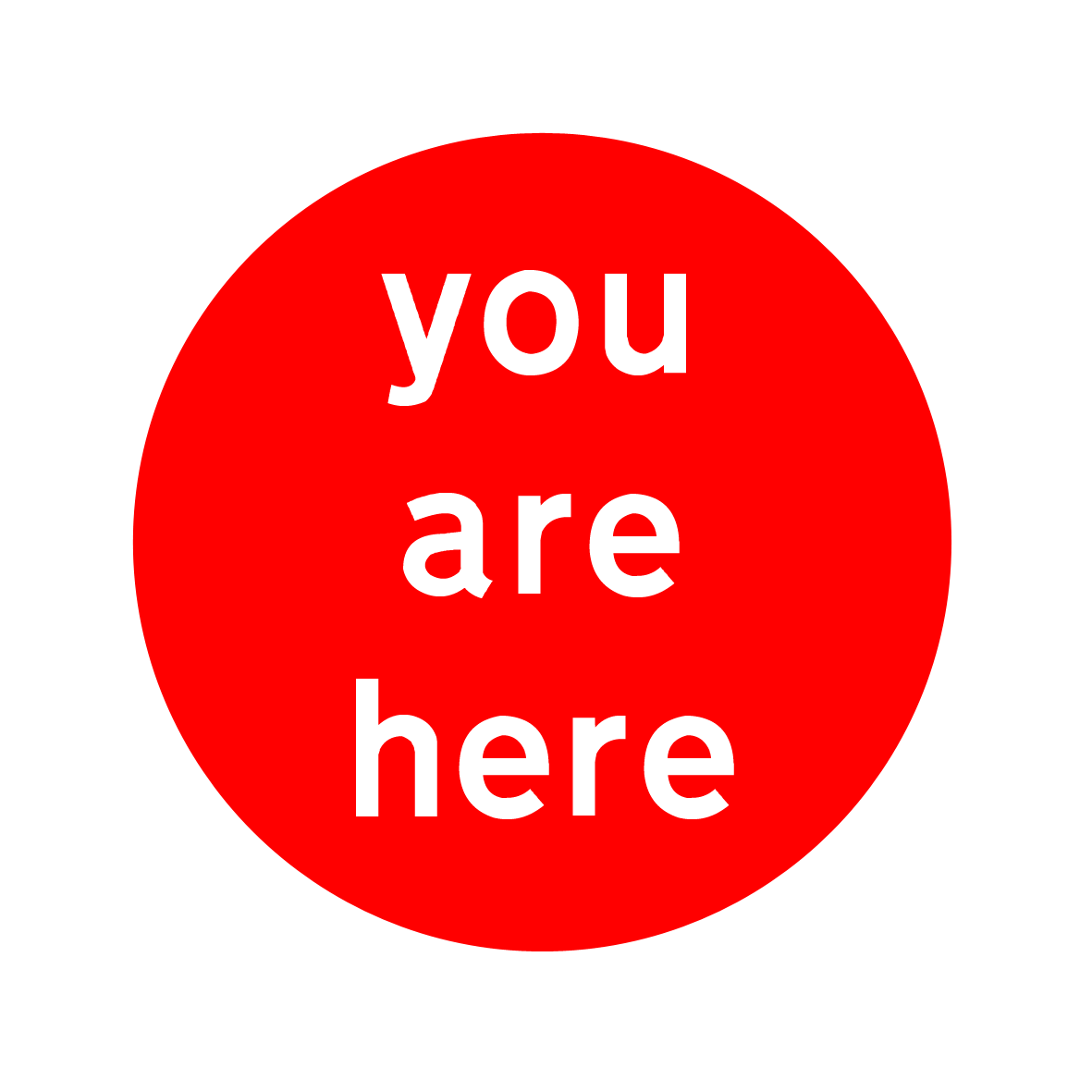Cultural Heritage Network workshop and presentation:
The process of collectively mapping and modelling, memories and ideas forms a core strand of Re-Docks methodology, and, over the past few months we have been contributing to a series of discussions relating to landscapes, memories and cultural practices, co-ordinated by Liverpool University.
A workshop in February aimed to explore possible ways that locative media technologies might provide interactive access to historical data drawn from GIS (Geographic Information Systems) and mapping-related projects in the arts and humanities. This session was sponsored by the AHRC and British Telecom.
Myself and Tim gained a huge amount of insight into mapping technologies through listening to the various strategies adopted and developed by different practitioners and we shared our panel – Geographical Content in the Digital Arts – with two very interesting speakers: Taylor Nuttall, CEO of Folly and a super-energetic Chris Speed.
Taylor explained the role Folly have played in attempting to broker between physical and digital landscapes, blurring the boundaries.
Various iterations of the Portable Pixel Playground project demonstrate Folly’s commitment to combining aspects of play and technology in a new-media landscape and one of their current initiatives – LoveCulture – attempts to collate and share audience dialogues across cultural organisations through the use of an embedded cultural icon.
Dr Chris Speed, from Edinburgh College of Art, whistled through an impressive array of projects, proposing a nearfuture of augmented reality where everything will be tagged and “everything will know where everything is.”
One pioneering project in this landscape is – Tales of Things – which makes use of freely available QR barcoding to digitally attach stories and memories to inanimate objects via multimedia hyperlinks.
Tales of Things will be launched during the forthcoming FutureEverything festival in Manchester and shoppers at the Oxfam on Oxford Road will be able to record 30 second tales relating to the objects they donate. It will also be possible to scan items in-store, with embeded stories being played over the shops PA system!
Another project – Walking through Time – allows users of smartphones to navigate the city of Edinburgh both geographically AND ALSO temporally, digging down into history and calling into question Sat-Nav’s obsession with ‘NOW!’
During our slot, we shared some of Re-Dock’s ‘hands-on’ approaches to cultural mapping activities, working with simple props and digital metaphors. We discussed the ways in which physical, lo-tech props, in our experience, reduced barriers to participation, and we also emphasised the way in which each of our projects brings specific (and subjective) local, contexts to the fore.
There was a strong contrast between the lo-fi flavour of the artworks we presented and the more technologically focused projects from the other researchers later in the day and this led to a very stimulating discussion around access: historical data-sets are often tied up in issues of IP and copyright & in terms of new technology – this can still be daunting for many people who feel that they lack technological know-how.
These points (and many more) will be picked up at our next Cultural Heritage Network session, which takes place in Liverpool on the 21st of May 2010.
Notes on all of the talks from Feb 10 can be found here:
http://tinyurl.com/AHRCBT

